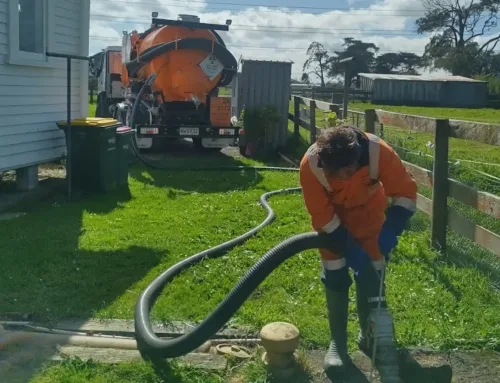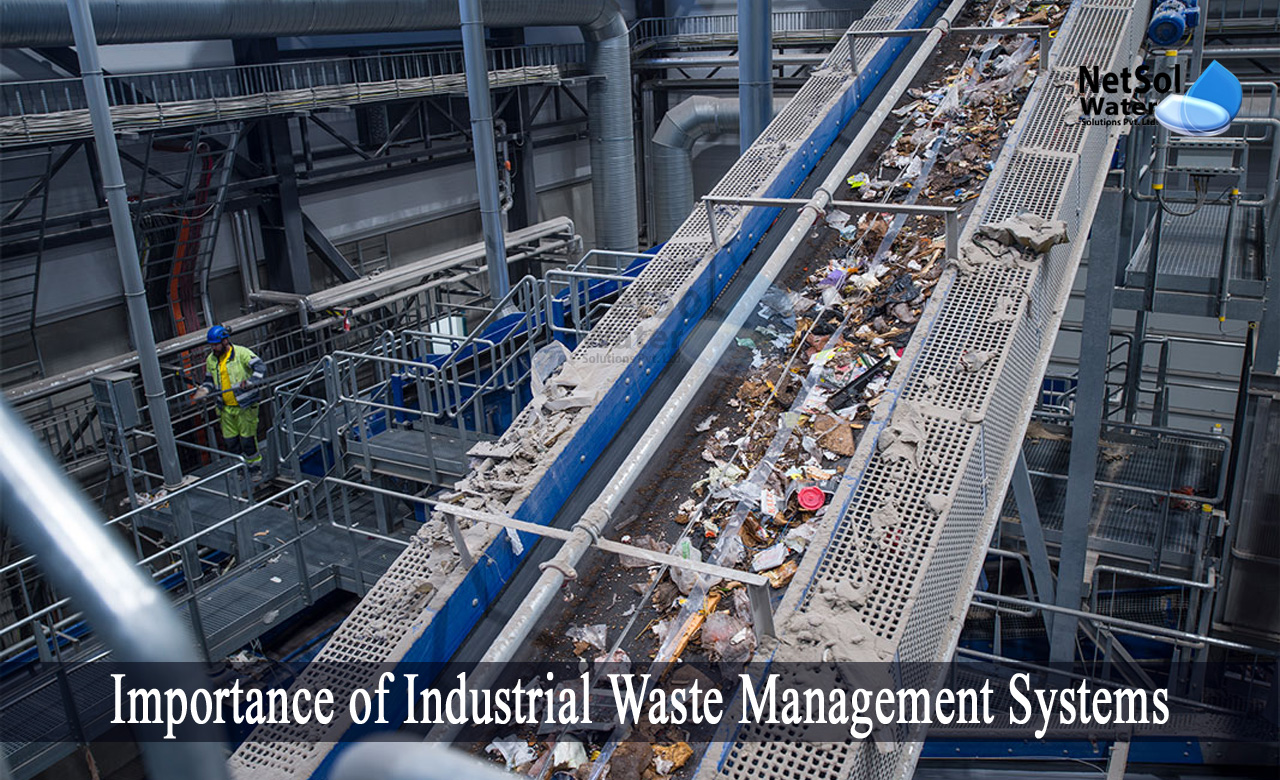Some Known Questions About Reclaim Waste.
Reclaim Waste for Beginners
Table of ContentsReclaim Waste Things To Know Before You BuyThe Reclaim Waste StatementsThe Definitive Guide for Reclaim WasteThe Greatest Guide To Reclaim Waste9 Easy Facts About Reclaim Waste Described
Domestic sewage waste refers to the waste and items from a domestic septic tank. The correct management and disposal of domestic sewer waste need fluid waste to be moved to a sewage treatment plant where the correct approaches and tools are applied to cleanse and dispose of waste.
Commercial waste usually includes possible risks, such as combustible materials or a mixture of fluid and strong waste products, and requires an advanced and comprehensive disposal process. The disposal of business waste generally includes the purification of waste before transportation to ensure risk-free and correct disposal. Industrial waste is produced from results and runoff of industrial procedures and manufacturing.
This kind of waste can not use the exact same sewer monitoring transportation or processes as septic or business fluids. The commercial waste management process calls for the evaluation and screening of fluid waste before it undertakes the disposal procedure (liquid waste removal melbourne). Runoff waste is the liquid waste that comes from runoff and excess stormwater in extremely inhabited areas or cities
Overflow waste can cause contamination and flooding if not handled correctly. Guaranteeing correct waste management can protect against calamities and minimize ecological damage.
Some Of Reclaim Waste
Contact PROS Solutions today to learn regarding our waste management and disposal services and the correct methods to look after the liquid waste you create.
(https://allmyfaves.com/reclaimwaste1?tab=Reclaim%20Waste)Do you recognize what occurs to your water when you disengage, purge the commode or drain pipes the cleaning equipment? No? Well, it deserves understanding. This so-called 'wastewater' is not just an important source yet, after treatment, will be launched to our land, waterways or the sea. Utilized water from bathrooms, showers, baths, kitchen sinks, washings and industrial procedures is called wastewater.

water used to cool down equipment or clean plant and tools). Stormwater, a kind of wastewater, is drainage that flows from agricultural and urban locations such as roofing systems, parks, yards, roads, paths and seamless gutters into stormwater drains, after rainfall. Stormwater flows unattended directly to regional creeks or rivers, eventually getting to the sea.
Get This Report on Reclaim Waste
In Queensland, many wastewater is dealt with at sewer treatment plants. Wastewater is moved from domestic or industrial sites through a system of sewage systems and pump terminals, called sewage reticulation, to a sewage treatment plant. Local governments develop, preserve and run most sewage therapy plants. Operators are accredited under the Environmental Management Act 1994 to release cured wastewater at an acceptable environmental standard into waterways.
The Department of Natural Resources encourages regional governments about managing, operating and keeping sewage systems and treatment plants. In unsewered areas, city governments might require householders to install specific or household sewage therapy systems to treat domestic wastewater from commodes, kitchen areas, restrooms and washings. The Department of Natural Resources authorises using family systems when they are verified to be effective.
Most stormwater receives no therapy. In some new communities, therapy of some stormwater to eliminate litter, sand and crushed rock has actually begun making use of gross contaminant traps. Wastewater treatment happens in four stages: Gets rid of strong matter. Larger solids, such as plastics and other objects mistakenly discharged to sewers, are removed when wastewater is travelled through screens.
Wastewater after that flows right into large containers where solids work out and are eliminated as sludge. Oil and scum are skimmed from use this link the surface. Uses little living organisms recognizes as micro-organisms to break down and get rid of remaining liquified wastes and great bits. Micro-organisms and wastes are incorporated in the sludge. Eliminates nitrogen and phosphorus nutrients that might create algal blooms in our rivers and endanger marine life.
What Does Reclaim Waste Mean?
Nutrient elimination is not offered at all sewer treatment plants since it needs expensive specialist devices. Clear liquid effluent produced after therapy may still include disease-causing micro-organisms - liquid waste removal.

Many wastewater flows right into the sewerage system. Under the Act, neighborhood federal governments provide authorizations and licences for environmentally relevant activities (Periods) involving wastewater launches that may have a neighborhood influence.
The Only Guide to Reclaim Waste
Or else, examples are taken for research laboratory analysis. Often lots of examinations are required to establish the levels of each of the different pollutants such as oils, heavy steels and chemicals in water. Tracking provides factual info regarding water high quality and can confirm that permit conditions are being met. The info acquired with tracking gives the basis for making water top quality choices.